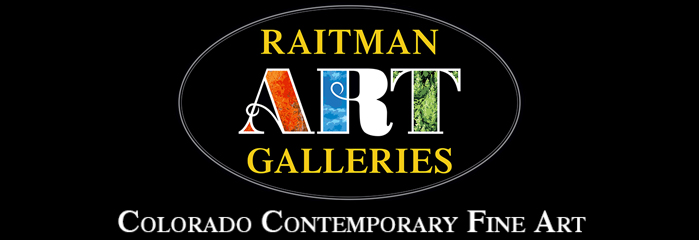Glass as an Art Form April 29 2025, 0 Comments
by Kimberly Nicoletti
Glass has captivated artists and collectors alike with its rich possibilities and one-of-a-kind articulations. Part of its allure lies in its many contrasts, from being both fragile and durable to its ability to morph from solid to molten. And then, there are the elements of light and color it brings to homes.
Artist Karen Bexfield views working in glass as a beautiful marriage between art and science.
“It’s such an interesting material in how it can be expressed and manipulated as a medium to create sculpture,” she says.
She has spent years perfecting her multi-staged technique, which includes heating glass particles, or “frit,” within the kiln up to six or seven different times to adjust color density and create various sizes of organic holes, which add texture to her pieces.
"What surprises me at times is how the glass responds to the heat, creating more dense or less-dense holes. So as much control as there is through the process of setting everything up, there is this kind of serendipity in the results,” she says.
 Luminous by glass artist Karen Bexfield
Luminous by glass artist Karen Bexfield
Each color responds differently to high temperatures. For example, black glass tends to absorb more heat than white glass exposed to the same temperature, causing the darker glass to expand faster and produce a different movement pattern.
Once she achieves her desired effect through heat, she begins to grind, or otherwise start coldworking.
That’s the other “cool” thing about glass: Artists can work with it hot or cold. Hot-working techniques include: Casting, which shapes glass in a mold; kiln-forming or fusing, which melds various colors; glass-blowing, or shaping molten glass by blowing air into a blowpipe; lampworking, or shaping it over a torch; and slumping, which involves heating a sheet of glass until it’s soft enough to take a shape — for instance, by draping it over a mold. Coldworking might include cutting, etching, grinding, sandblasting and polishing.
These techniques form the “sentences,” so to speak, in the language of how glass absorbs and reflects light. Bexfield often sandblasts the exterior of her pieces to create a matte finish, while leaving the interior shiny.
“Sandblasting will influence how light responds to the piece. Additionally, the overlay of glass powder with repeat firings will create a subtle change in how the color is perceived. When I’m working with opaque glass, a lot of times I will layer transparent powders to create depth in the piece,” she says. “What’s also unique with my work is how the shadows are created because of the small holes.”
Her technique also differs from many artists in that she doesn’t start with sheets of glass, but rather with frit, which is even closer to glass’ natural form of quartz, sand, soda and lime. This grounds her work in nature.
“Nature influences my work in many ways, from the materials used to create the sculptures to the forms inspired by nature and the physical world and the organic patterns of my work that mimic structures in nature,” she says.
For example, an oropendola bird’s nest so captivated her, she felt drawn to figure out how to express it.
 Oropendola Bosque Verde II by glass artist Karen Bexfield
Oropendola Bosque Verde II by glass artist Karen Bexfield
“In Costa Rica I saw these beautiful pendulums dangling from the trees, and it kind of felt like earrings,” she says.
Her Enigma series utilizes Fibonacci’s Golden Angle in the relationship of the overlapping circles, producing a vesica. As viewers walk around the piece, the space in which the two circles intersect shifts, growing smaller and larger.
 Enigma Poppy by glass artist Karen Bexfield
Enigma Poppy by glass artist Karen Bexfield
Her meticulous process of creating a structural element, along with the organic origins of using frit, results in a juxtaposition of control and spontaneity. It’s just another representation of glass art’s many paradoxes of sharp, yet smooth; transparent, yet vibrantly colorful; strong, yet fragile.
Within its many traits, glass reflects how humans, nature and life itself consist of a wide range of characteristics. These qualities harmonize into beautiful forms, which, ultimately, interact with light in both subtle and inspiring ways.
